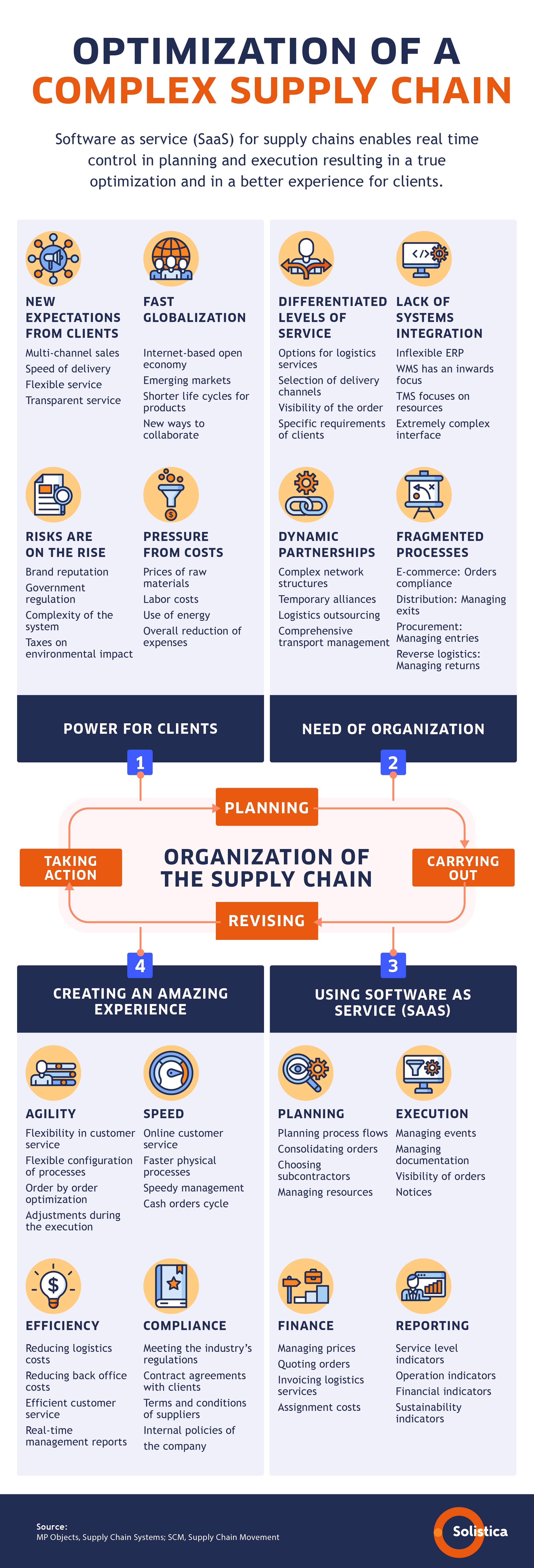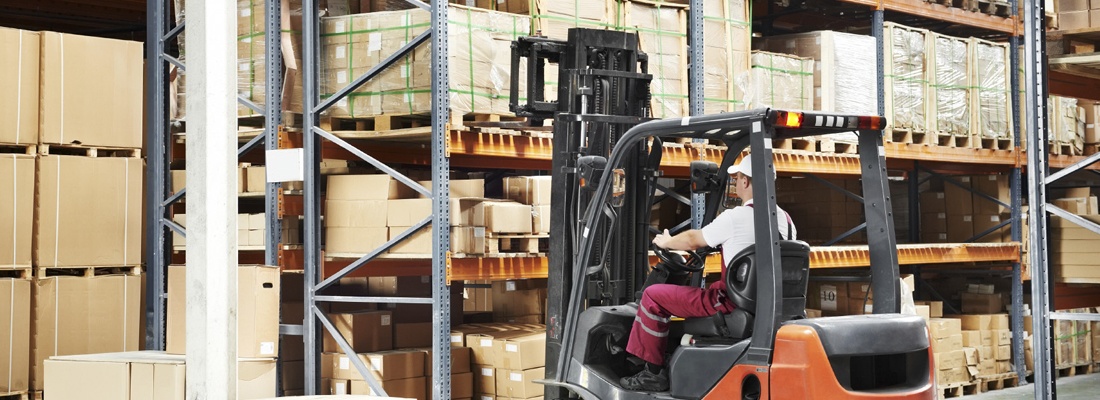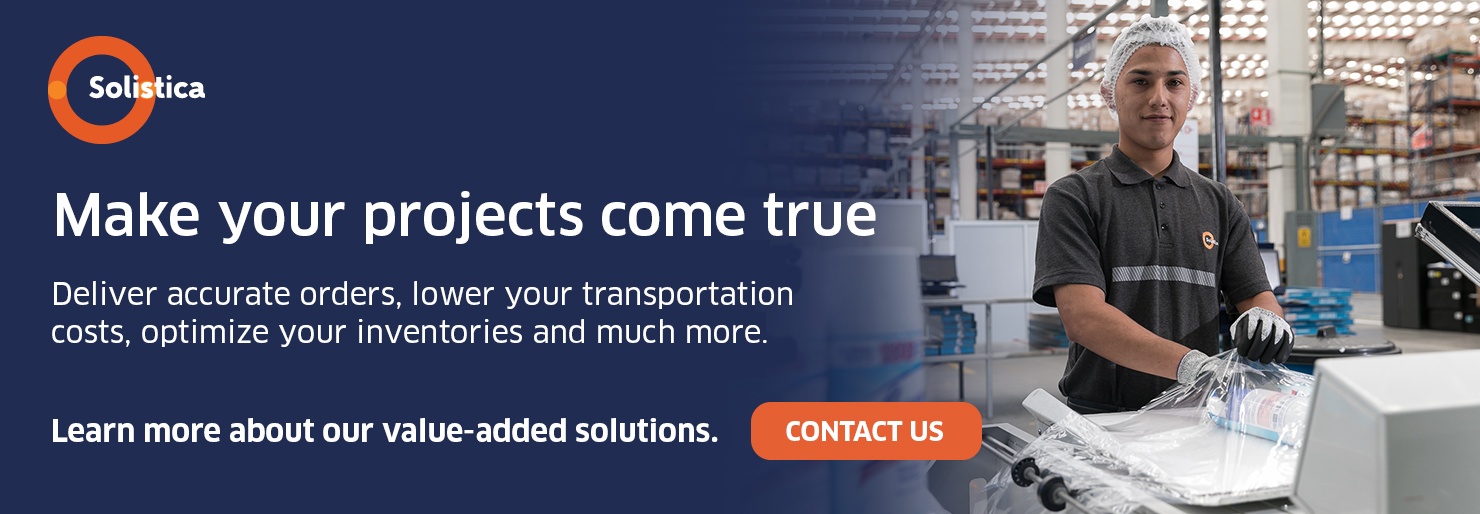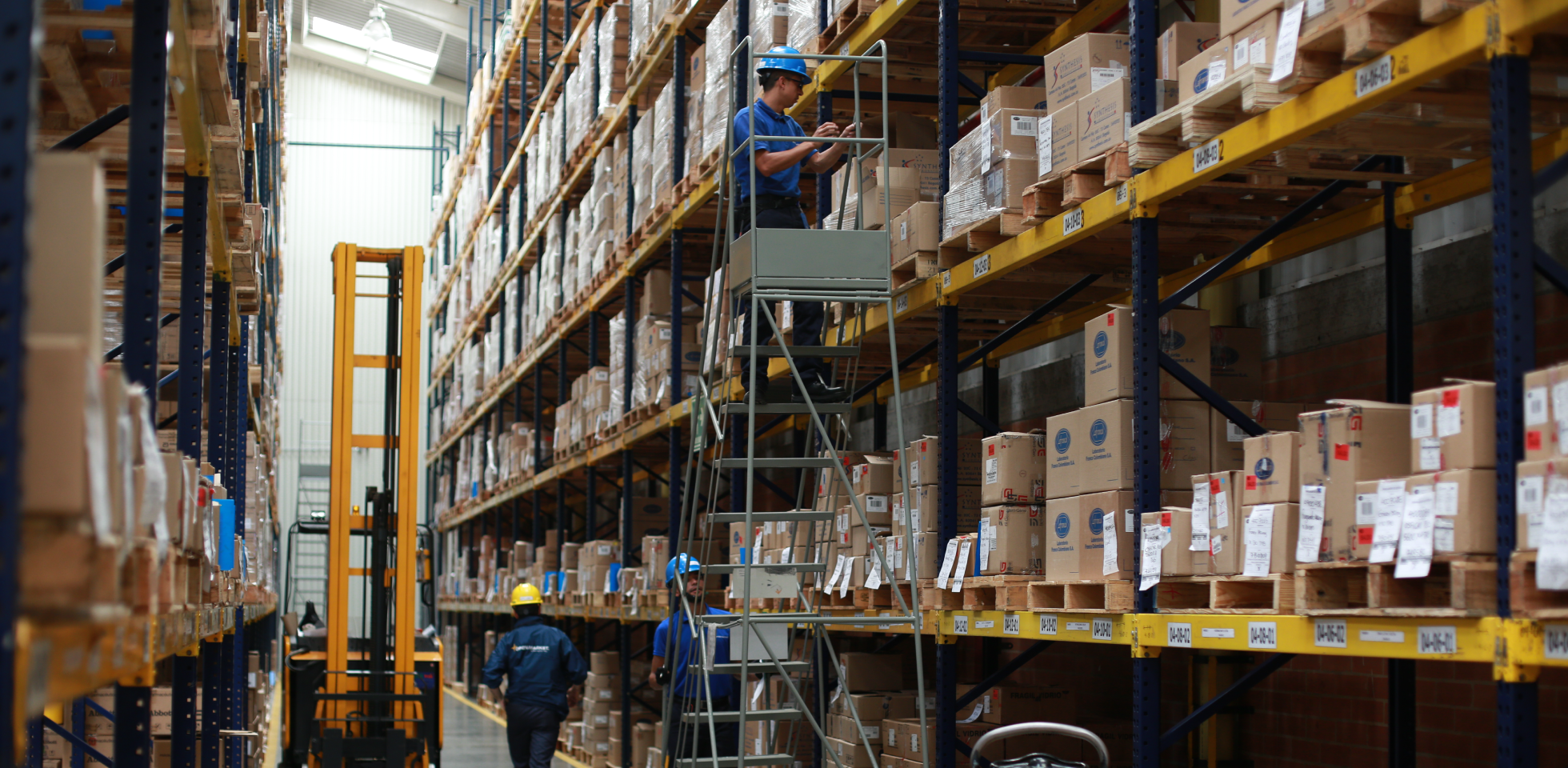One of the factors affecting the profitability of your company is an excellent management of its resources.
The warehouse is one of the places where most of your commercial and manufacturing resources meet; therefore, managing it demands planning and management methods, and technological tools that every company needs but not all have.
By definition, an efficient warehouse is that which makes the best use of space to store raw materials or goods and expedite picking; it also ensures having the right level of inventory at all times to avoid affecting production and miss your clients’ deadlines.
All this requires a strong investment on physical and digital infrastructure, in addition to management and staff costs, which makes the decision of tackling it internally not always profitable.
Because it is tasked with distributing your company’s products, assessing the convenience of managing your own warehouse or Distribution Center, or outsourcing this function to a supplier of logistics services, becomes your responsibility when meeting the financial goals to help reach the company’s profitability target.
Thinking about outsourcing this part of the supply chain may help lower the transportation and storage costs of your company and bring many other benefits, such as accessing advanced technologies that boost the productivity of processes and, thus, improve customer service.
Understand your warehouse performance so you can decide if it is the right time to outsource this function
To find out if storing and distributing your company’s products from within is more efficient than outsourcing these tasks to a logistics services provider, you should begin by finding out your costs so you can calculate your return on investment.
There are several performance indicators to help you measure your results. The key is to find which are meaningful for your operation. The following are some of these indicators:
- Turnover. Find out your inventory’s turnover rate so you can learn the storage costs for your raw materials and products. We calculate this indicator by identifying the number of times the inventory has been renewed during a period, dividing total sales by the amount of stored product. A higher turnover rate means lower storage costs, and a lower turnover rate means products are staying longer in your warehouse, pushing costs up.
- Inventory Value. The total price of goods you have in your warehouse. The higher the value, the larger the leverage if the goods are yours, and waiting to be sold; however, if your inventory price goes up, it may translate into liquidity issues or mean that you are not selling according to plan.
- Inventory Shortage. This indicator lets you know the number of times your inventory was insufficient to meet clients’ orders. Learning its frequency helps you plan demand better and the number of products you need available at all times. Overstocking is as costly as being understocked.
- Available Inventory. This indicator lets you know the amount of goods available to be used from the total goods you have in storage. You calculate this percentage by considering the total units times their financial value. A low available inventory may indicate deficient conditions in your warehouse or a low turnover rate that leads to your goods going over their expiration date or decaying.
- Space Use. This indicator calculates the space you are using in your warehouse in relation to the total available space. If the percentage is low, it signals unproductive expenses from facilities’ maintenance and payroll. If it is excessive, it means you may be accumulating goods during unforeseen demand peaks and thus risking safety by having goods stored in spaces like aisles and consolidation and holding areas.
- Assortment of Products and Number of Units. Warehouse management gets complicated if you handle orders including several product categories and a low number of units of each; this affects productivity and profitability if you don’t use the most adequate tools and methods to manage the dispatch of goods.
- Returns. This is one of the most important indicators when it comes to measuring your warehouse performance. It talks about the relationship between the number of shipped orders and the number of orders sent back to the warehouse. This indicator shows issues in order readiness, either in picking or expiration dates, or due to other return reasons such as incorrect address, condition of goods, etc.
- Level of Efficiency in Reception. This indicator consists of several aspects that impact costs, such as the space allotted for each received cargo, the number of goods unloaded each day, employee productivity, time allotted to products from reception to storage including revision and codification.
- Perfect Orders. These are those orders we deliver on time, without damage, meeting the specifications of clients regarding type and number of goods, and with the proper shipping documentation and invoice.

Regarding this last indicator, a study made by industrial analysis firm AMR Research found out that reaching a rate of perfect orders in the range of 80% may increase your company’s profitability by a factor of 3.
Once you know the results for each of these indicators, you will learn your warehouse performance. In this sense, if your main indicator is the perfect order rate, and it is below 80%, it may be time for you to start looking for solutions outside your company.
When outsourcing storage services, do not limit yourself to hiring more space for your goods. Logistics companies like Solistica, which offers comprehensive storage solutions, really bring their expertise to help you improve your indicators and offer access to state-of-the-art technology that detects deviations in processes looking to expedite and make product handling more efficient.
What can you expect when you outsource storage services?
- Lowering your costs by not having to invest on facilities, technology, and warehouse operation.
- Ensuring the integrity of your products and their correct and on-time delivery.
- Ensuring continuity for your manufacturing and customer satisfaction.
- Boosting your competitiveness.
The more efficient your distribution warehouse’ management is, the more perfect orders you will have, and the higher your company’s profitability will be. Deciding to outsource this task to a logistics services provider may help you optimize your logistics processes and grow in the medium- or long-terms.
When analyzing whether to outsource your storage services, go beyond considering the cost of the services and assess the benefits you will reap from improving your performance indicators, becoming more competitive, and ensuring profitability.
*This blog was originally published on December 20, 2018 and modified on May 30 2022.






